The Mystery of the Little Hole in Airplane Windows
Ever noticed the tiny hole at the bottom of airplane windows? This small but crucial feature is called a breather hole or bleed hole. It balances air pressure between the inner and outer panes of the window, preventing the windows from fogging up and ensuring the plane’s structural integrity at high altitudes.
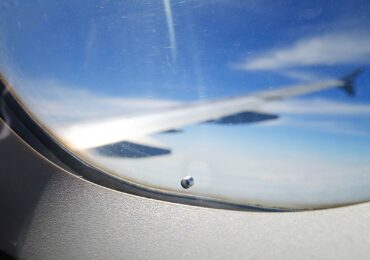

Why Airplane Windows Are Round
Unlike the rectangular windows on buildings, airplane windows are round to distribute pressure evenly. This design reduces the stress on the window corners and prevents cracks, making flights safer and more comfortable.
Airplane Wings Flex
Airplane wings are incredibly flexible and can bend significantly during flight. This flexibility helps absorb turbulence and reduces the stress on the aircraft structure. So, the next time you see wings flapping like bird wings, know that it’s a sign of smart engineering.
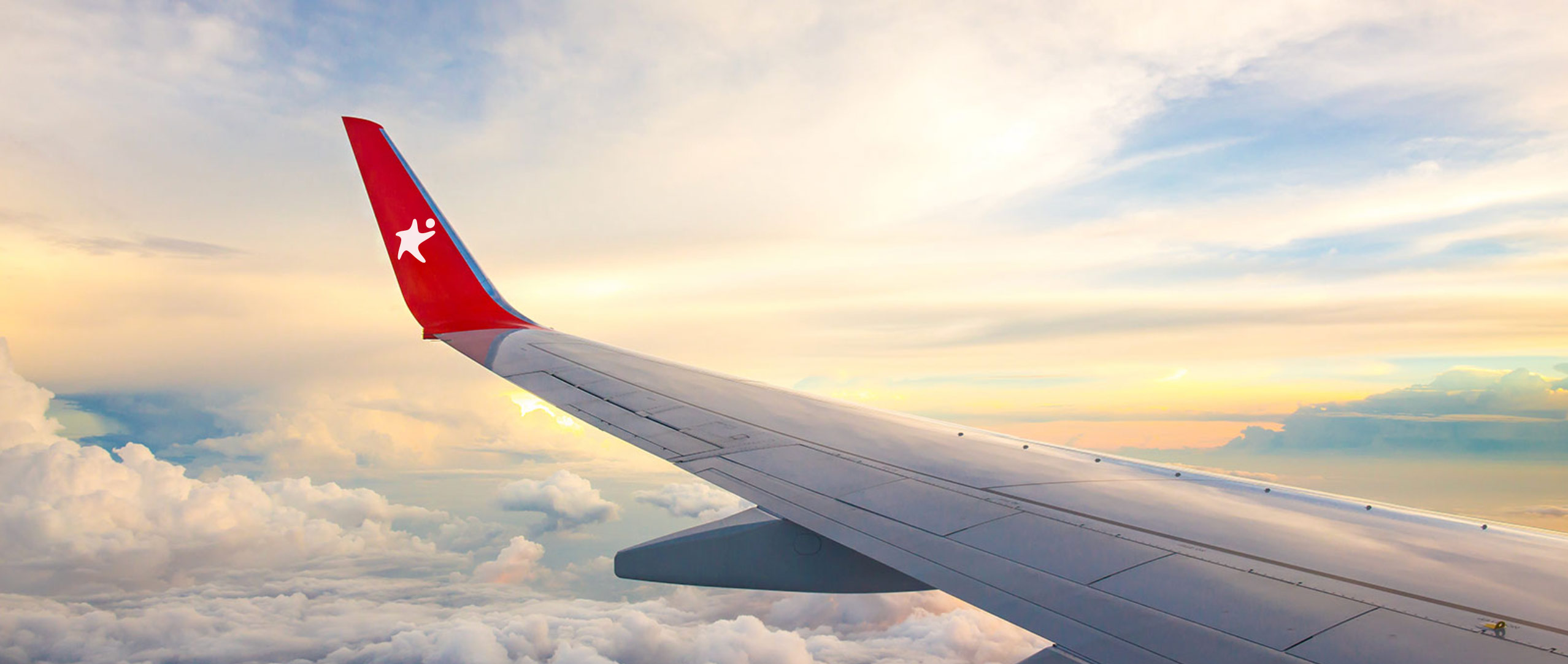
The Significance of Winglets
Those small, vertical tips on the ends of airplane wings, known as winglets, aren’t just for show. Winglets reduce drag and improve fuel efficiency by minimizing the vortices that form at the wingtips during flight. This innovation can save airlines millions of dollars in fuel costs each year.
Airplanes and Lightning Strikes
It’s estimated that each commercial airplane is struck by lightning at least once a year. Thankfully, modern aircraft are designed to handle lightning strikes. The aluminum skin of the plane conducts the electricity and safely discharges it back into the atmosphere, protecting passengers and crew.
The Secret Behind Airplane Cabin Lights
Ever wondered why cabin lights dim during takeoff and landing? This isn’t just for ambiance. Dimming the lights helps passengers’ eyes adjust to the darkness in case of an emergency, ensuring a safer evacuation if needed.
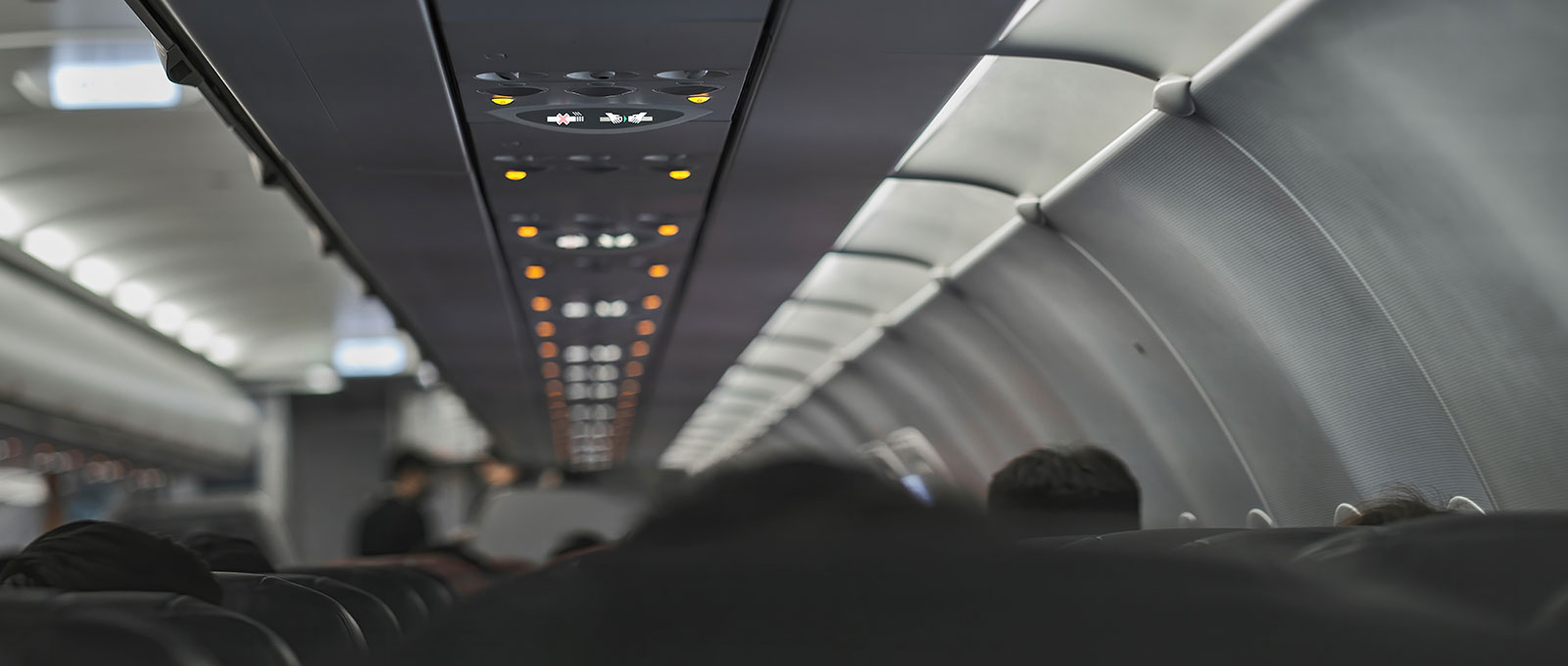
The Importance of Tray Tables
Tray tables aren’t just convenient for your snacks and drinks. They are also a safety feature. In the event of an emergency, tray tables must be stowed away to ensure that passengers can evacuate the aircraft quickly without any obstructions.
Airplane Mode Isn’t Just for Electronics
When you switch your phone to airplane mode, it’s not just to prevent interference with the plane’s systems. Airplane mode also saves your phone battery since it stops your device from constantly searching for a signal at high altitudes where none exists.
The Secret Life of Airplane Lavatories
Airplane lavatories have an interesting design quirk: they can’t be locked from the inside. There’s a hidden latch on the outside of the door, allowing flight attendants to unlock the door in case of an emergency.
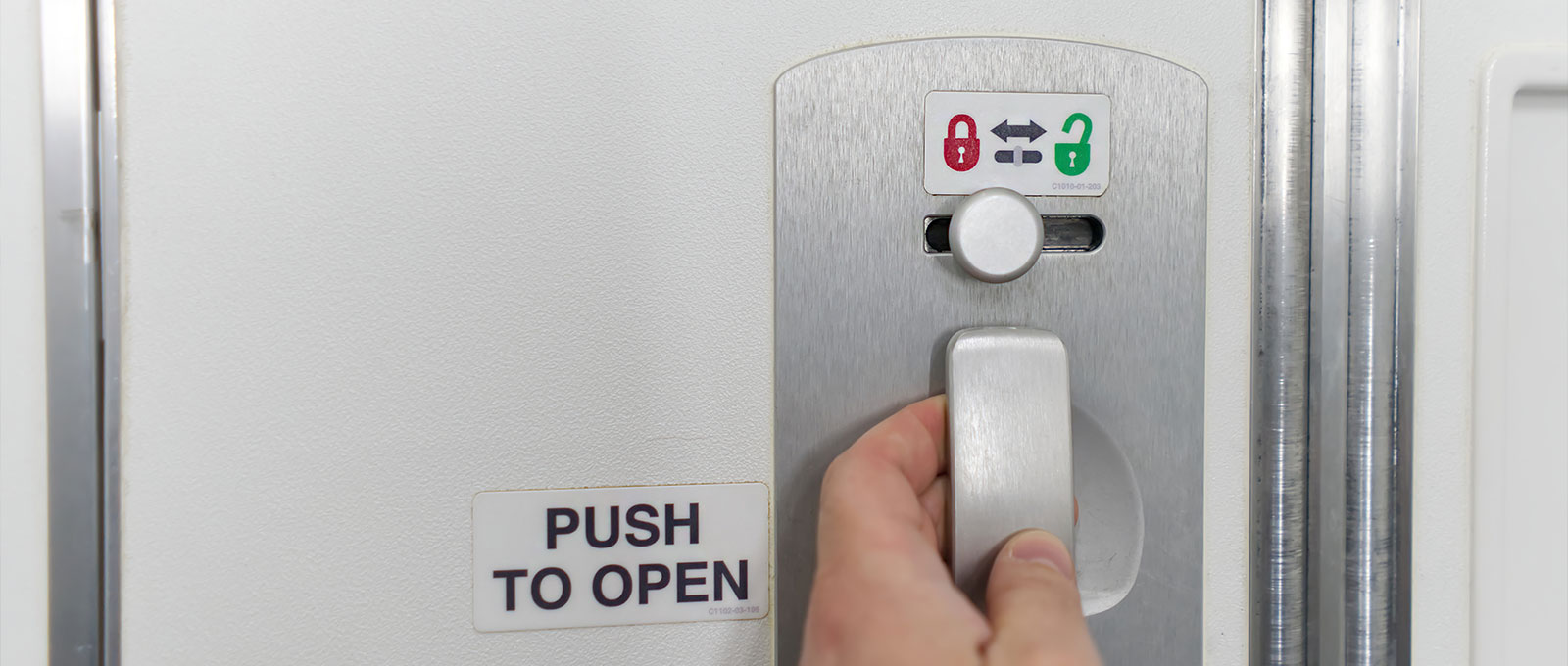
The Purpose of the Little Triangle Above Your Seat
Have you ever noticed the small triangle on the wall above certain seats? These triangles mark the locations where the wings are visible from inside the cabin. They help flight attendants and pilots check the wings and flaps during flight.
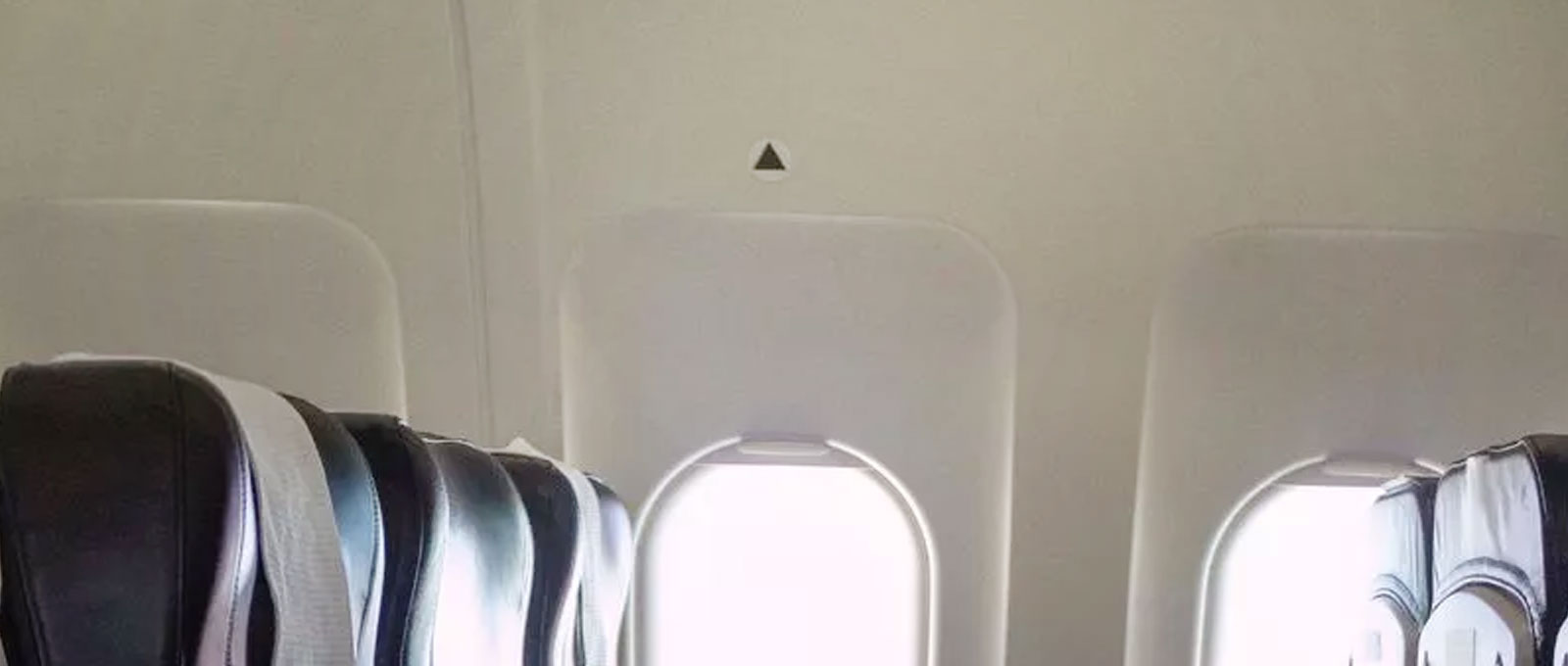
Airplanes are filled with ingenious design features and hidden details that ensure safety, comfort, and efficiency. From the tiny hole in your window to the flexible wings, every aspect of an airplane is carefully crafted to enhance the flying experience. The next time you board a plane, take a moment to appreciate the fascinating engineering that makes air travel possible.
For more interesting facts and tips about flying, stay tuned to our blog. Safe travels!















